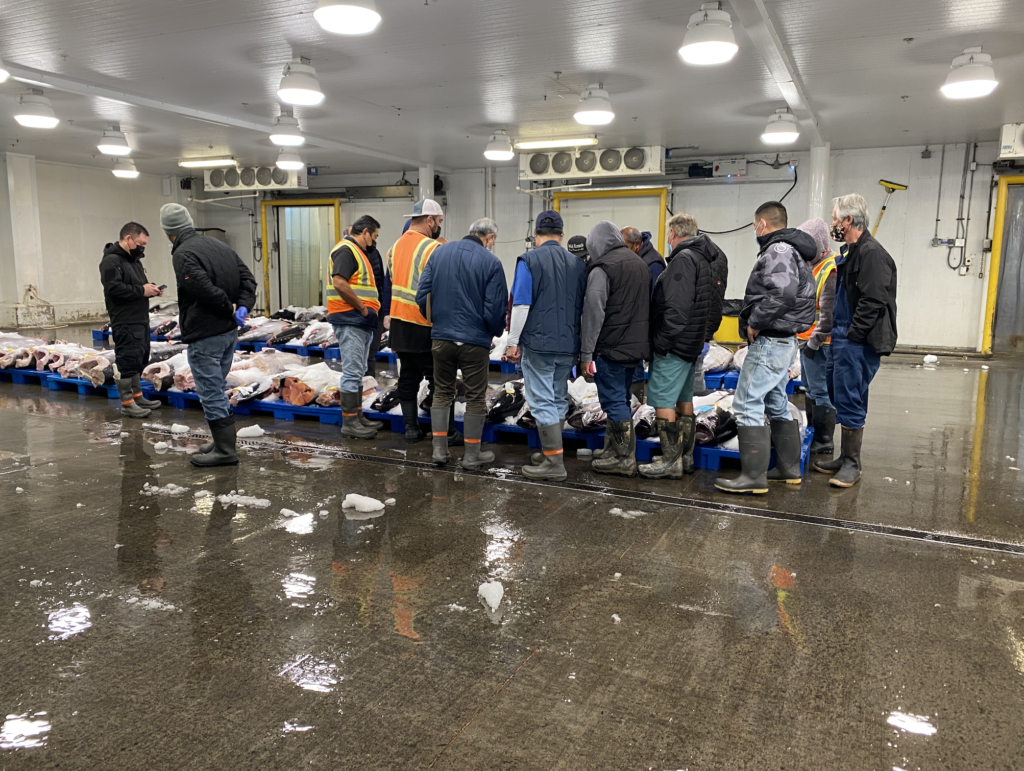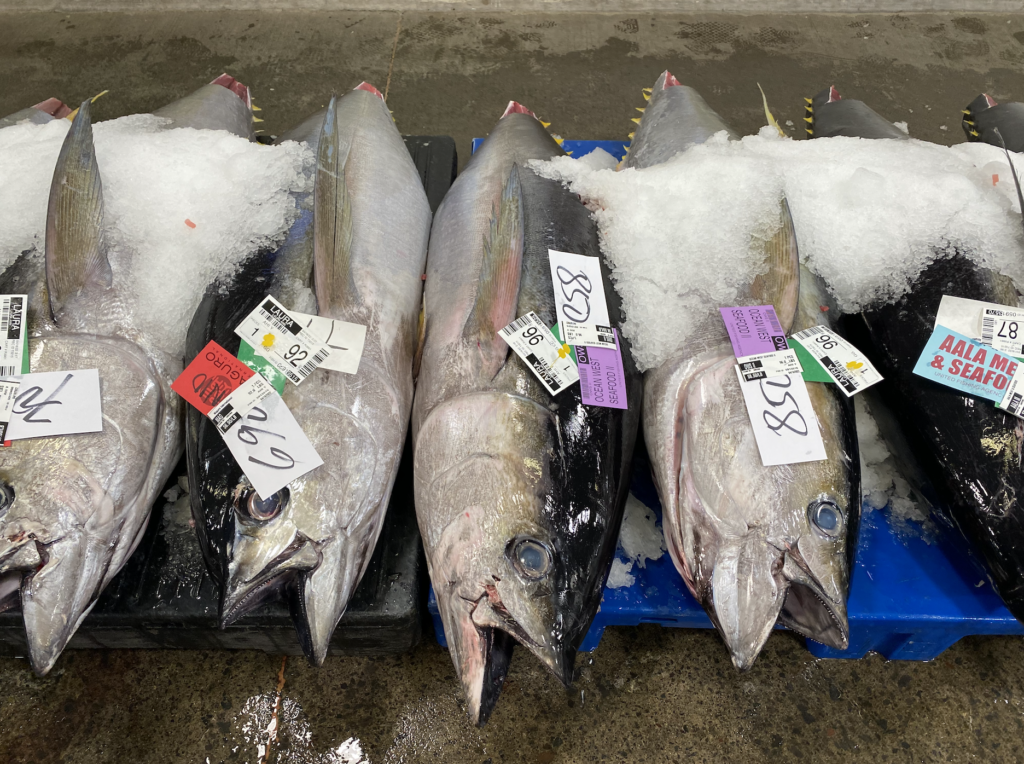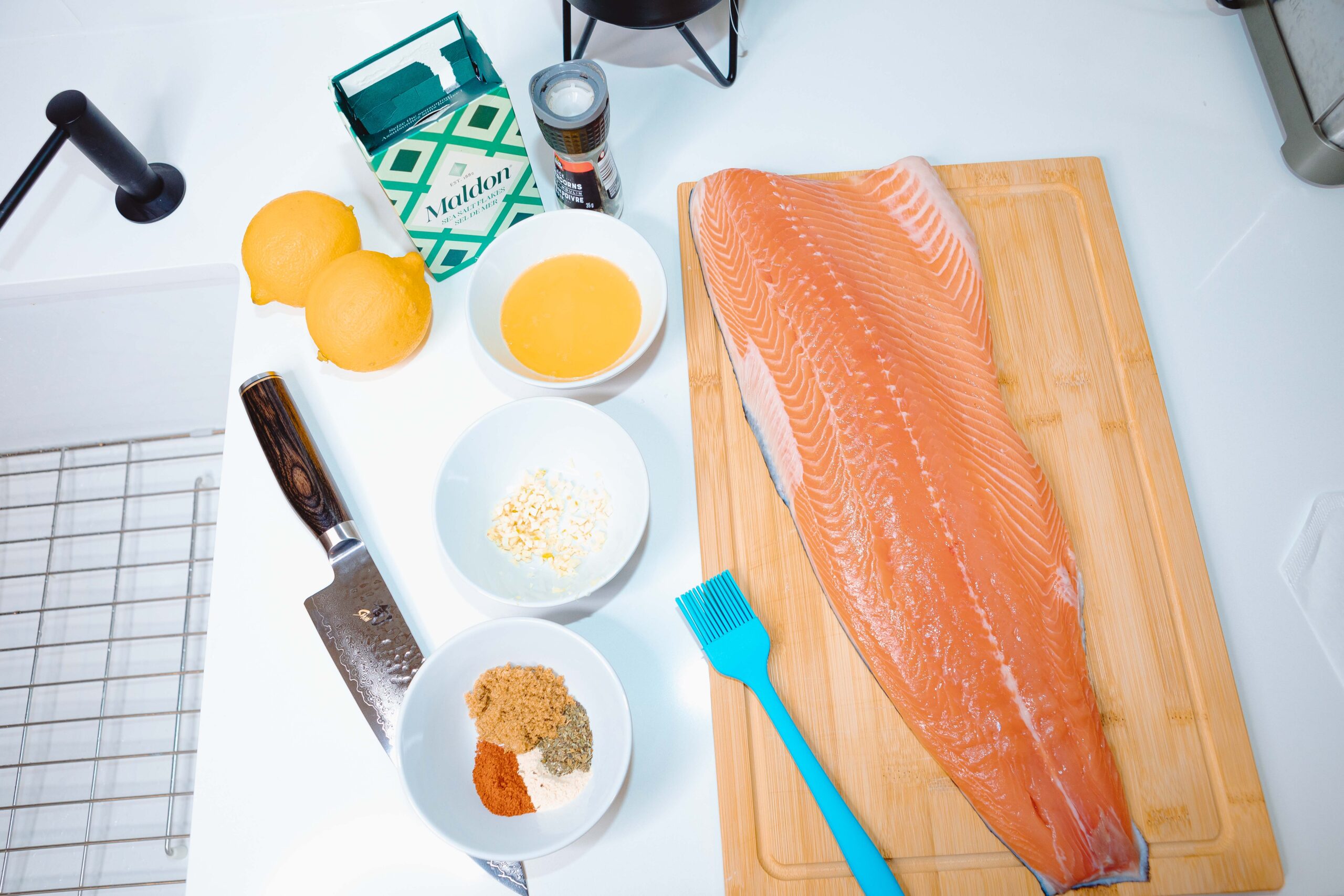
The Honolulu Tuna Auction is an institution in Hawaii. While it might not seem like a traditional activity to add onto your Hawaiian itinerary, this unique auction is definitely worth a visit while in Hawaii! This tuna auction, modelled after the famous Tokyo auction, is the only of its kind in the United States.
The auction was started in 1952 to give fishermen the opportunity to get a fair price for their catch and be rewarded for bringing back higher quality fish. Whereas commonly, fishermen sell their fish to wholesalers by the boatload and the wholesaler dictates the price, the auction allows fishermen to sell their fish individually and get a better price for it from auction buyers who represent the wholesale, food services, and retail sector. The auction also ensures that fishermen are paid the same day for their catch. With so much financial uncertainty in the fishing industry, the structure of the auction provides more certainty and stability for fishermen.
The tuna auction serves as a marketing service and quality control for the fishermen. The auction has some of the highest seafood safety standards, which must be adhered to in order to sell at the auction. This helps fishermen ensure the quality of their fish and thus, get a better price for it as the competitive bidding process rewards higher quality fish with higher prices. Such standards also ensure buyers and consumers have access to fish that has been properly handled for seafood safety.

How the tuna auction works
The auction is open 6 days a week (it’s closed on Sundays). A day at the auction usually starts around 12:30am when boats begin unloading.
When the fishing vessels arrive, they are unloaded in order, the fish identified by species, weighed, tagged with the vessel name, and then displayed on ice on pallets, where they’re kept clean and cold until bidding begins. Each fish is thoroughly inspected for quality and safety before the auction begins.
Throughout the auction floor, hundreds of fish are displayed on pallets of ice. At 5:30am the auctioneer officially starts the auction. By tradition, the auctioneer rings a brass bell to signal the start of the bidding.
The way the auction proceeds from there is really a sight to see. The auctioneer stands in a group with the buyers. They begin moving down the rows of fish, openly bidding against one another on each individual fish. This continues until all of the day’s catch is cold, which can be up to 100,000 pounds.
And while most of the seafood in the United States is imported, the tuna auction provides a local food source to the people of Hawaii. 80% of what’s sold at the auction stays within the Hawaiian Islands.

Sustainability in the Hawaii Longline Fishery
The Hawaii Longline Fishery, which supplies the Honolulu Tuna Auction is a model fishery, managed by science-based conservation and management efforts. The limited entry fishery currently has 140 Honolulu-based longline vessels . All vessels are under 101 ft., are highly monitored through daily log books, satellite based vessel monitoring systems, federal observer coverage, and industry-leading bycatch mitigation measures.
There is little waste in the Hawaii longline fishery thanks to the tuna auction system. Since fishermen can bring everything to market, even non-target species or bycatch, there is no incentive to discard marketed fish. Instead, nearly everything is brought to market except sharks and non-consumable bycatch (e.g. lancetfish).
The fishery is also the largest food producing industry in Hawaii and significant domestic producer of seafood in the United States, responsible for 55% of swordfish landings, 35% of yellowfin tuna landings, and 95% of bigeye tuna landings. The fishery lands around 30 million pounds of high quality, ice-chilled seafood a year worth $125 million in annual ex-vessel revenue. Honolulu Harbor consistently ranks within the top 10 of US ports for landed seafood revenue, based on the fishery’s low volume/high value operations. Seafood consumption is a big deal in Hawaii, with tourists demanding high quality fish during their visits and local residents consuming more than twice the National per capita average.



